Walk into a metro station in Shanghai, and you might find something unexpected — a sleek, glass booth where people stop not for tickets, but for a quick health check. In just eight minutes, these digital medical kiosks can measure your blood pressure, check your oxygen levels, connect you to a doctor through video, and even print a prescription. All for just 2 yuan — about the price of a cup of coffee.
This scene isn’t futuristic fiction — it’s happening right now across China, where digital health kiosks are becoming a new bridge between citizens and accessible healthcare.
Musumeci Online – The Podcast. It is perfect for driving, commuting, or waiting in line!
A Nationwide Push Toward Smart Health
In 2024, China strengthened its global leadership in digital healthcare, a market already valued at 128 billion RMB (around €17.6 billion) according to iiMedia Research. The government invested over 3.2 billion RMB (€440 million) in 2023 alone to expand telemedicine access in rural regions.
The idea is simple: if patients can’t easily reach hospitals, then healthcare should come to them.
That’s why over 250 kiosks have been installed in Shanghai metro stations, serving more than 15,000 users every month. These kiosks aren’t replacing doctors — they’re helping them. They handle basic consultations like common colds or skin rashes, freeing up hospitals for more serious cases.
Across the country, Ping An Good Doctor, one of China’s leading digital health companies, has deployed 1,200 kiosks in 28 provinces, managing 3.5 million consultations per year. Thanks to AI-powered symptom analysis and connections to 8,000 remote doctors, waiting times have dropped by 70% compared to traditional clinics, and patient satisfaction stands at an impressive 87%.
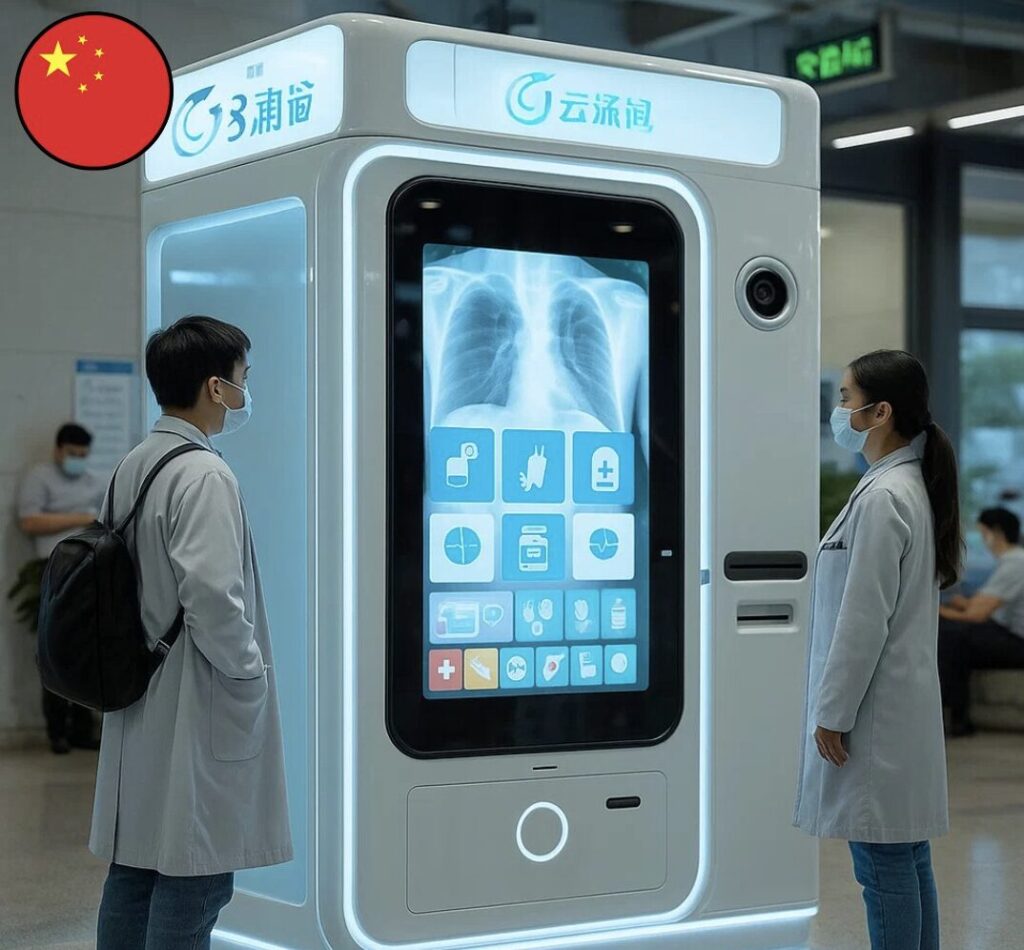
A Hybrid Between Human and Machine
One of the most fascinating aspects of China’s system is its hybrid human-AI model. The kiosks use artificial intelligence to conduct preliminary assessments, but every prescription must be approved by a licensed remote doctor before it’s issued.
Currently, the kiosks can dispense 38 approved over-the-counter medications, covering everyday ailments like colds, minor allergies, and skin irritation. It’s a perfect example of technology amplifying — not replacing — human expertise.
“AI doesn’t replace doctors, but doctors who use AI may replace those who don’t”.
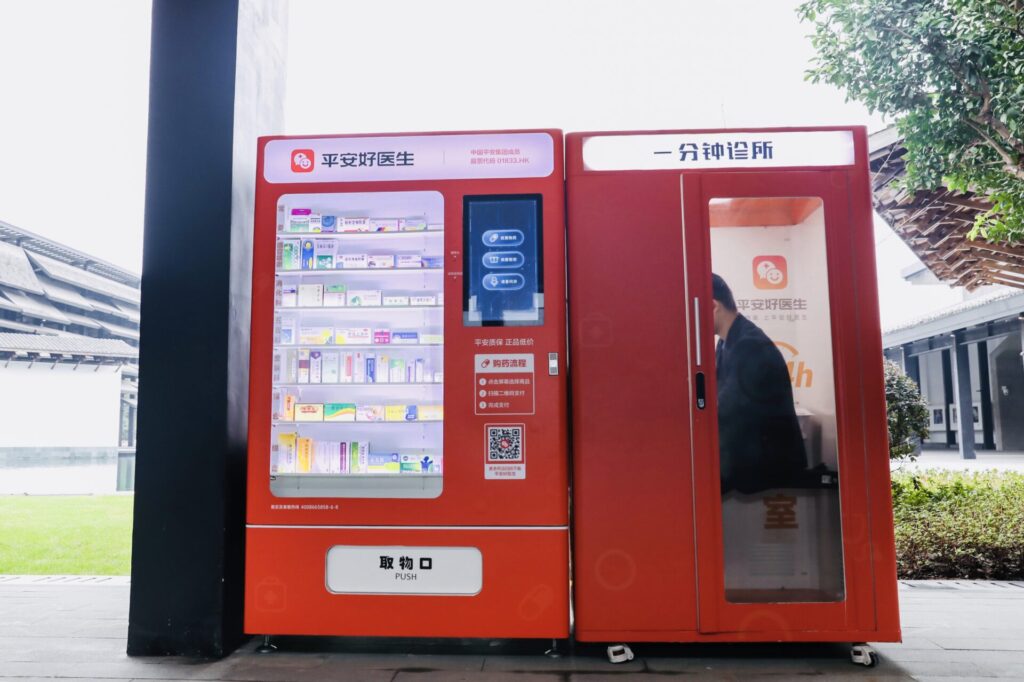
Strict Standards and Smart Safety
Healthcare is one area where precision and trust are non-negotiable. To maintain safety, companies that build these kiosks must hold three different operating licenses — a bit like needing three driver’s licenses for different types of vehicles.
Every AI algorithm must pass mandatory certification tests to prove it’s reliable. And every kiosk undergoes a technical inspection every three months, ensuring the machines work flawlessly and securely.
This rigorous oversight builds public confidence in a system that combines innovation with responsibility — two things not always easy to balance in the world of AI.
The Role of Industry Giants
Big tech has played a key role in making this revolution possible.
- Ping An Good Doctor: 1,200 kiosks, 3.5M annual consultations, 87% satisfaction rate.
- Alibaba Health: 500 hybrid clinics combining AI and human doctors. Their system supported 2.4 million AI-assisted diagnoses in 2023, achieving 94% accuracy for common conditions while reducing healthcare costs by 30%.
These results show how artificial intelligence, when paired with medical supervision, can scale healthcare access without sacrificing quality.
A Glimpse of the Future
According to Frost & Sullivan, the number of kiosks is expected to reach 15,000 nationwide by the end of this year, with 40% of China’s population using telemedicine services by 2027. By 2030, the digital health market could reach 45 billion RMB (€6.2 billion) — a figure that illustrates not just growth, but transformation.
To put it into perspective: if each kiosk helps even 10 people a day, that’s 150,000 health interactions daily — a population roughly the size of a small city receiving care through technology.
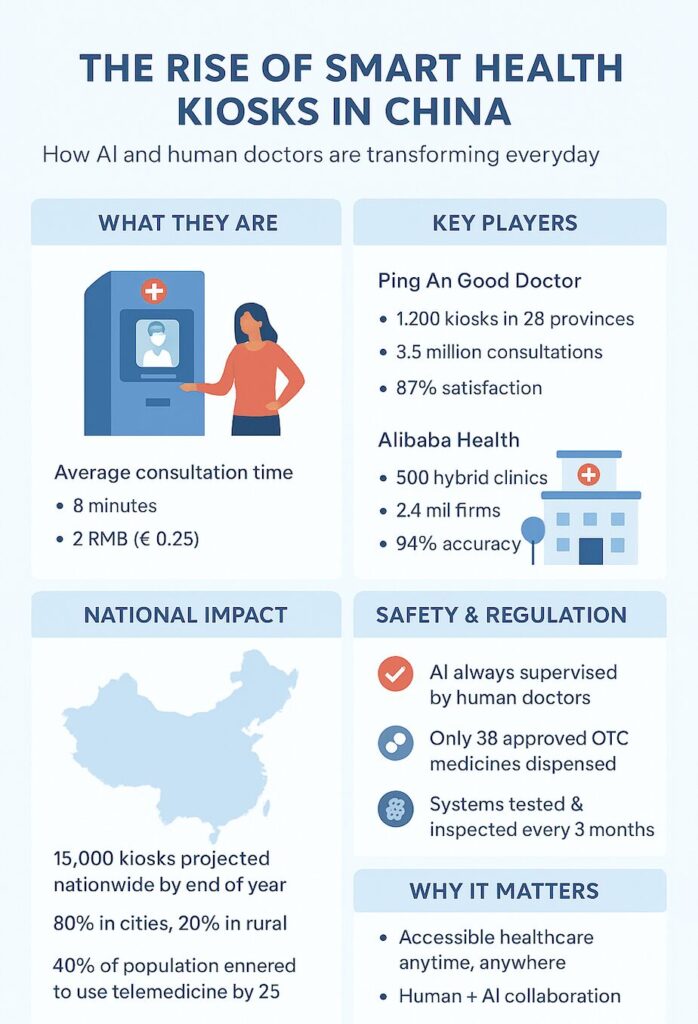
Bridging Urban and Rural Health Gaps
About 80% of kiosks are currently located in cities, while 20% serve rural regions, where medical infrastructure is often limited. This digital expansion means people living hours away from the nearest hospital can now access checkups and prescriptions within walking distance of their homes.
It’s not just convenient — it’s a lifeline. For an elderly person in a remote village, being able to measure blood pressure or consult a doctor online could prevent complications before they become emergencies.
Technology with a Human Heart
What makes China’s approach unique is that it blends the speed of machines with the empathy of humans. The system doesn’t promise miracles — it focuses on solving the small, everyday issues that make a big difference in public health.
Each interaction, no matter how quick, reflects a vision of medicine that’s accessible, affordable, and safe.
Final Thoughts: A Model for the World
China’s digital health kiosks show that the future of healthcare isn’t about replacing doctors with robots — it’s about extending their reach. These systems prove that when technology is designed with empathy and guided by strong regulation, it can make healthcare more human, not less.
In a world where medical costs and waiting times continue to rise, the Chinese model offers a glimpse of what’s possible when innovation meets public need.
The next time you pass through a metro station, imagine being able to check your health in minutes — and maybe, just maybe, save a life in the process.
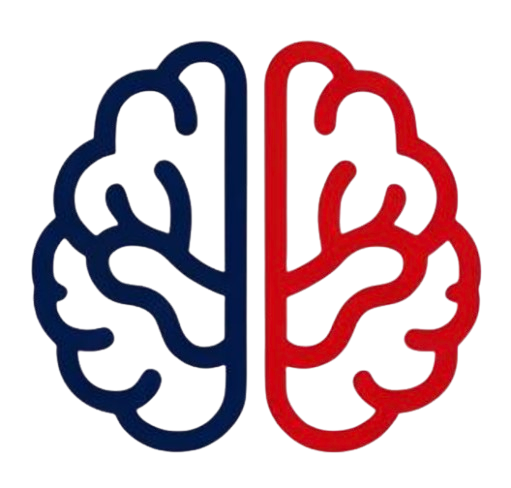
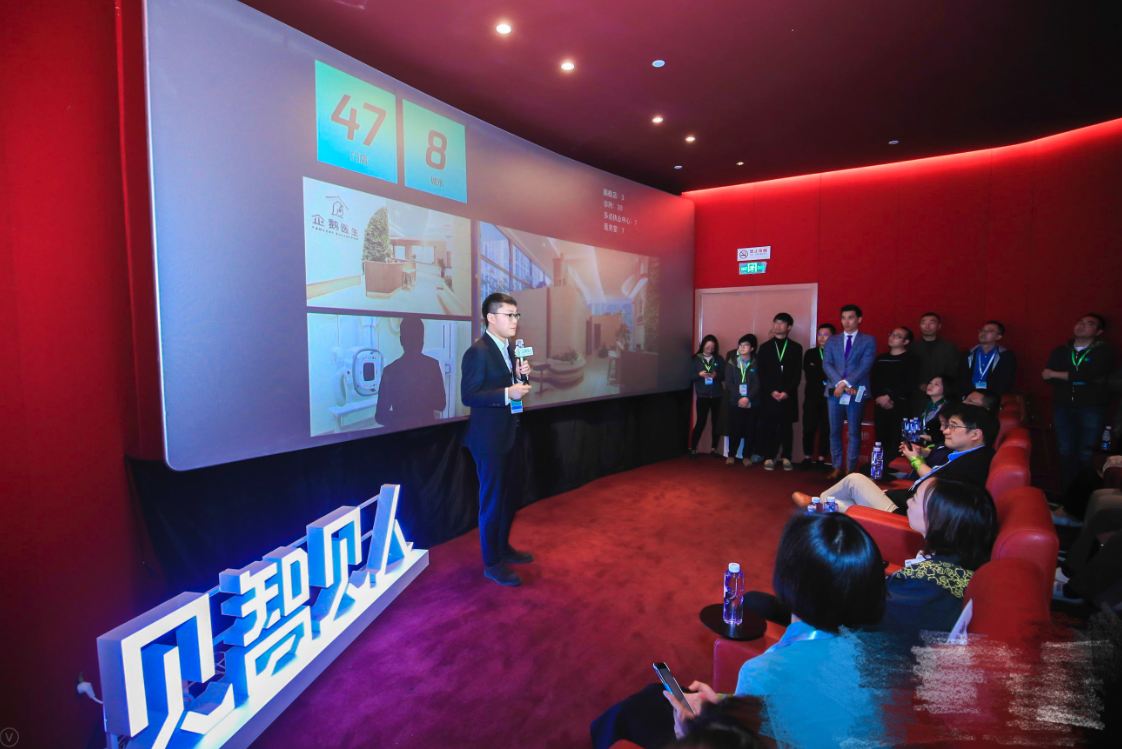
Leave a Reply